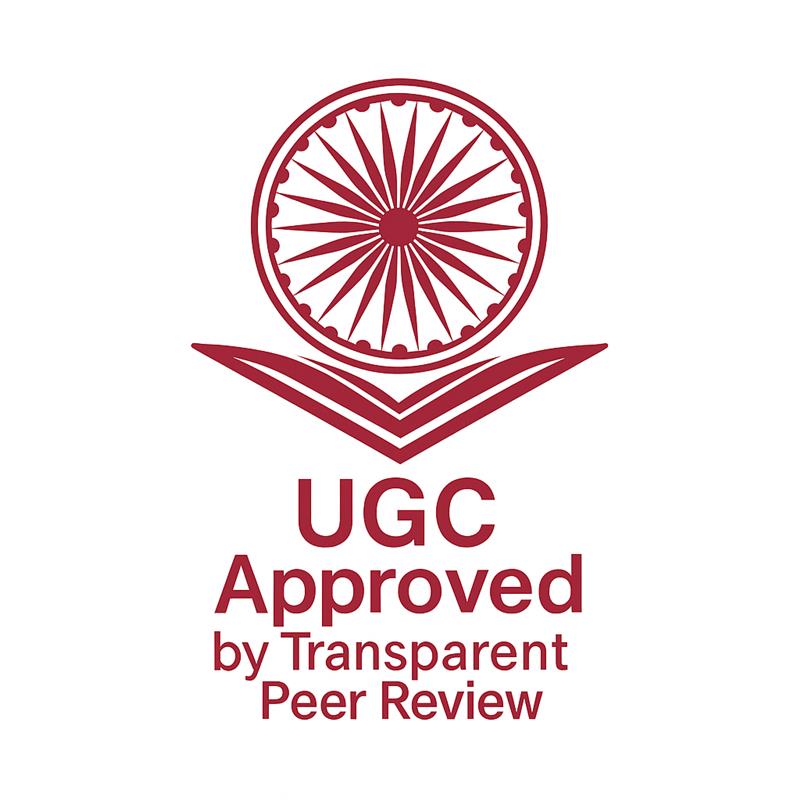Paper Title
TO DEVELOP AN ALTERNATE EFFICIENT MICROPARTICULATE SYSTEM(S) FOR ANTITUBERCULAR DRUG(S) BY ENGINEERING THE SURFACE OF PARTICLES TO REACH MYCOBACTERIUM INTRACELLULARLY
Article Identifiers
Registration ID: IJNRD_184687
Published ID: IJNRD2212085
 : Click Here to Get
: Click Here to Get
About Hard Copy and Transparent Peer Review Report
Authors
Keywords
Rifampicin, Chitosan, antitubercular drug, In-vivo study
Abstract
Due to its status as the biggest infectious disease killer globally, along with HIV infection, tuberculosis (TB) continues to be a serious global health concern (HIV). A important opportunistic illness among people with a high incidence of AIDS is tuberculosis (TB). Mycobacterium tuberculosis (MTB), which causes TB, is a lethal infectious illness that primarily affects the respiratory system. Meningitis, circulatory tuberculosis, lymphatic tuberculosis, genitourinary tuberculosis, bones, and joints are other major public health concerns caused by MTB. Pharmacokinetic event showed that an experimental carrier's drug plasma profile is significantly influenced by the physico-chemical properties of the polymer. Tmax for RIF (Free) was found to be 2.890.31hr, whereas Tmax for the chitosan ascorbate formulation was found to be 13.250.01hr and 16.410.81hr for C3S3P4T2R and C3S3P4T2I, respectively. The results make it abundantly apparent that MMAD did not significantly change when the formulations were kept in a refrigerator. Although the MMAD significantly varied when the formulations were held at room temperature, it nevertheless stayed within the range of respirable particles that alveolar macrophages can effectively absorb. The amount of drug that has been incorporated into the formulation determines its therapeutic impact; as a result, the residual drug content was tracked and contrasted with the results from the stability testing phase. The results suggested that the conjugation with ligand greatly decreased the leaching of medication from formulations. This finding may be related to the bulky group on the surface of microspheres, which may have prevented some drug leakage.
Downloads
How To Cite (APA)
Kanchan Galgate (December-2022). TO DEVELOP AN ALTERNATE EFFICIENT MICROPARTICULATE SYSTEM(S) FOR ANTITUBERCULAR DRUG(S) BY ENGINEERING THE SURFACE OF PARTICLES TO REACH MYCOBACTERIUM INTRACELLULARLY. INTERNATIONAL JOURNAL OF NOVEL RESEARCH AND DEVELOPMENT, 7(12), a625-a641. https://ijnrd.org/papers/IJNRD2212085.pdf
Issue
Volume 7 Issue 12, December-2022
Pages : a625-a641
Other Publication Details
Paper Reg. ID: IJNRD_184687
Published Paper Id: IJNRD2212085
Research Area: Pharmacy
Author Type: Indian Author
Country: Ahmednagar, maharashtra, India
Published Paper PDF: https://ijnrd.org/papers/IJNRD2212085.pdf
Published Paper URL: https://ijnrd.org/viewpaperforall?paper=IJNRD2212085
About Publisher
Journal Name: INTERNATIONAL JOURNAL OF NOVEL RESEARCH AND DEVELOPMENT(IJNRD)
UGC CARE JOURNAL PUBLICATION | ISSN: 2456-4184 | IMPACT FACTOR: 8.76 Calculated By Google Scholar | ESTD YEAR: 2016
An International Scholarly Open Access Journal, Peer-Reviewed, Refereed Journal Impact Factor 8.76 Calculate by Google Scholar and Semantic Scholar | AI-Powered Research Tool, Multidisciplinary, Monthly, Multilanguage Journal Indexing in All Major Database & Metadata, Citation Generator
Publisher: IJNRD (IJ Publication) Janvi Wave | IJNRD.ORG | IJNRD.COM | IJPUB.ORG
Copyright & License
© 2025 — Authors hold the copyright of this article. This work is licensed under a Creative Commons Attribution 4.0 International License. and The Open Definition.
You are free to share, adapt, and redistribute the material, provided proper credit is given to the original author. 🛡️ Disclaimer: The content, data, and findings in this article are based on the authors’ research and have been peer-reviewed for academic purposes only. Readers are advised to verify all information before practical or commercial use. The journal and its editorial board are not liable for any errors, losses, or consequences arising from its use.

Publication Timeline
Article Preview: View Full Paper
Call For Paper
IJNRD is a Scholarly Open Access, Peer-Reviewed, Refereed, and UGC CARE Journal Publication with a High Impact Factor of 8.76 (calculated by Google Scholar & Semantic Scholar | AI-Powered Research Tool). It is a Multidisciplinary, Monthly, Low-Cost, and Transparent Peer Review Journal Publication that adheres to the UGC CARE 2025 Peer-Reviewed Journal Policy and aligns with Scopus Journal Publication standards to ensure the highest level of research quality and credibility.
IJNRD offers comprehensive Journal Publication Services including indexing in all major databases and metadata repositories, Digital Object Identifier (Crossref DOI) assignment for each published article with additional fees, citation generation tools, and full Open Access visibility to enhance global research reach and citation impact.
The INTERNATIONAL JOURNAL OF NOVEL RESEARCH AND DEVELOPMENT (IJNRD) aims to advance applied, theoretical, and experimental research across diverse academic and professional fields. The journal promotes global knowledge exchange among researchers, developers, academicians, engineers, and practitioners, serving as a trusted platform for innovative, peer-reviewed journal publication and scientific collaboration.
Indexing Coverage: Google Scholar, SSRN, ResearcherID-Publons, Semantic Scholar (AI-Powered Research Tool), Microsoft Academic, Academia.edu, arXiv.org, ResearchGate, CiteSeerX, ResearcherID (Thomson Reuters), Mendeley, DocStoc, ISSUU, Scribd, and many other recognized academic repositories.
How to submit the paper?
By Our website
Click Here to Submit Paper Online
You can now publish your research in IJNRD. IJNRD is a Transparent Peer-Reviewed Open Access Journal Publication (Refereed Journal), aligning with New UGC and UGC CARE recommendations.
For more details, refer to the official notice: UGC Public Notice
Submit Paper Online
Important Dates for Current issue
Paper Submission Open For: December 2025
Current Issue: Volume 10 | Issue 12 | December 2025
Impact Factor: 8.76
Last Date for Paper Submission: Till 31-Dec-2025
Notification of Review Result: Within 1-2 Days after Submitting paper.
Publication of Paper: Within 01-02 Days after Submititng documents.
Frequency: Monthly (12 issue Annually).
Journal Type: IJNRD is an International Peer-reviewed, Refereed, and Open Access Journal with Transparent Peer Review as per the new UGC CARE 2025 guidelines, offering low-cost multidisciplinary publication with Crossref DOI and global indexing.
Subject Category: Research Area
Call for Paper: More Details
Approval, Licenses and Indexing: More Details






